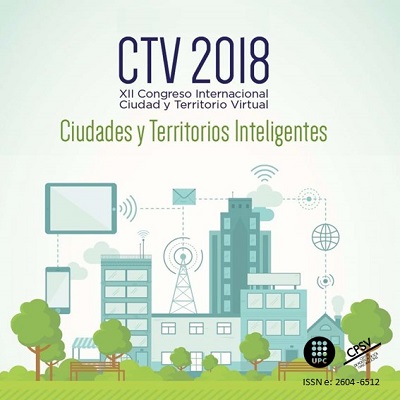How much does Residential Energy Labelling matter in Emerging Markets? Evaluation of the declared preferences on sustainability in the real estate market of Santiago de Chile
DOI:
https://doi.org/10.5821/ctv.8246Keywords:
sustainability, energy labelling, willingness to buy, Kano model, Kansei EngineeringAbstract
The relevance of residential energy efficiency attributes has mainly been studied from the perspective of stated preference methods, since it is difficult to analyse them in real transactions. The studies that have approached the subject from an integrated perspective have gained particular importance, especially when energy labelling schemes have been used as synthetic indicators for the totality of attributes. The European Energy Performance Certificates (EPC) of the Union constitute an example of this situation, since they were introduced to provide property transactions with energy transparency to encourage more informed buying or leasing decisions. Indeed, the studies applied to the EPC have shown that energy efficiency, as measured by its certification, can become relevant over other over traditional characteristics based on the quality of the finishings or the functional layout. However, this topic has not been investigated in emerging markets –e.g. the Latin American region– where the application of these schemes is recent or has had a very low adoption. This paper proposes a novel methodology based on a Kano model hybridized with Kansei Engineering to identify potential buyers’ perception about energy efficiency attributes in three energy certified residential buildings in Santiago de Chile. The aim of this article is to identify the relationship between energy efficiency attributes and willingness to buy, and how they are perceived by a sample of buyers for new homes. The main idea is to capture –through quantitative techniques– multidimensional concepts that derive from the interaction of many real estate attributes. Based on a database of 8,255 real estate advertisements between 2012 and 2017, 9 key concepts –used as sales arguments– were established with respect to energy efficiency, sustainability, architectural design and construction quality. These are: [1] quality; [2] good investment related to sustainability; [3] distinction; [4] good services (e.g. terraces, barbeque area or pool); [5] environmentally friendly; [6] energy labelling as orientation for the purchasing decision; [7] energy saving; [8] security; [9] double glazed windows. According to the results, the attributes of “good investment related to sustainability”, “good services”, “energy savings”, “quality”, “distinction”, and “environmentally friendly” appear significantly correlated with the willingness to buy. Additionally, the two first attributes are particularly relevant, which in the Kano model are called “attractive quality”. Surprisingly, the energy labelling negatively affects the willingness to buy, which constitutes one of the most relevant findings of this research. Such result not only contradicts the conclusions of the vast majority of studies applied in the context of developed countries, but also implies a great challenge for a public policy that have been defined as key to encourage sustainable construction in Chile. The performed multivariate analyses suggest that this situation could be understood by the fact that users perceive the concept of thermal comfort as opposed to the energy savings, as consequence of the perceived poor thermal quality of housing envelopes. However, sustainability attributes are positive correlated to willingness to buy and, therefore, may be a clear signal for developers (since they are able to add value to real estate products).
























